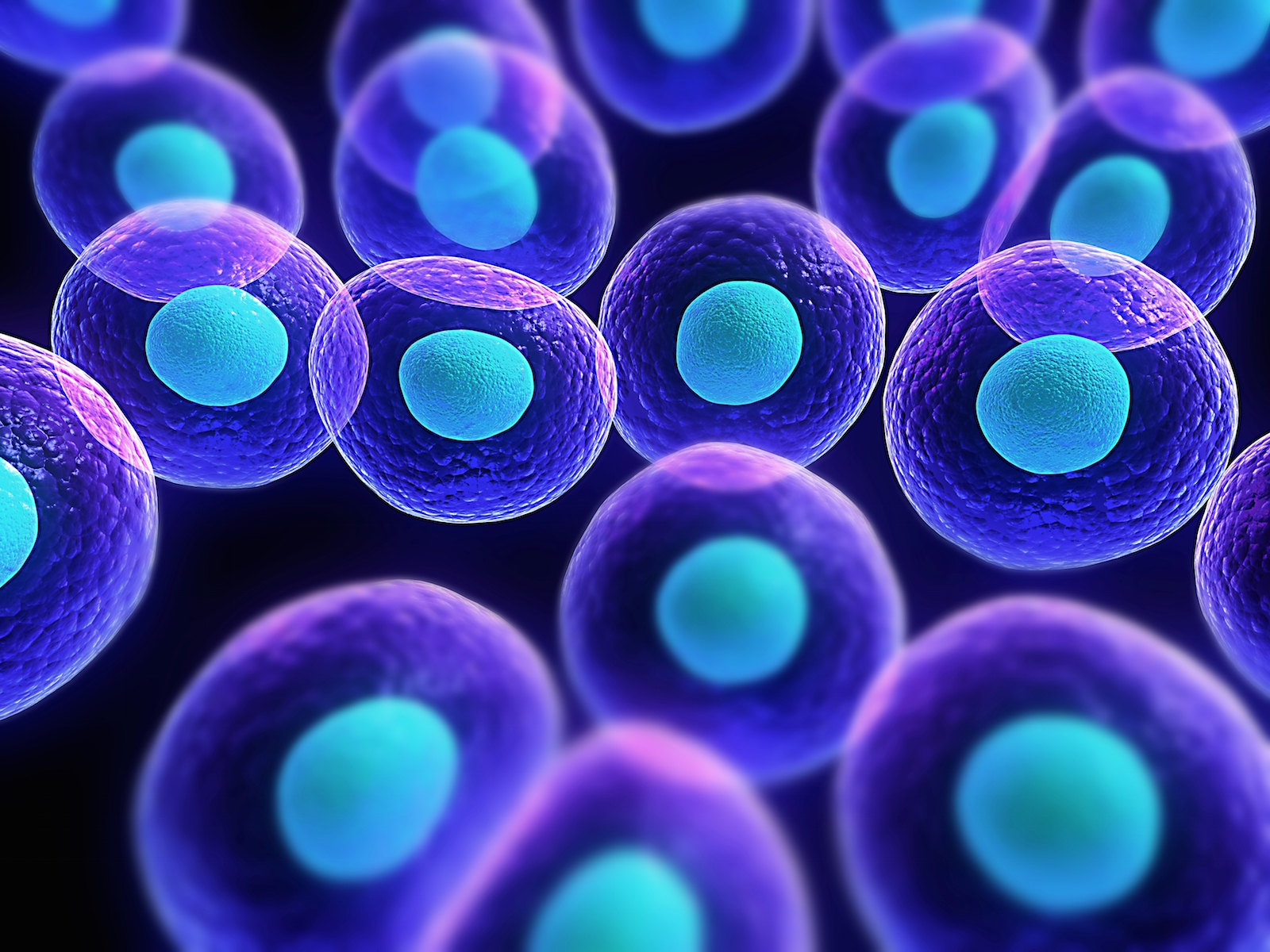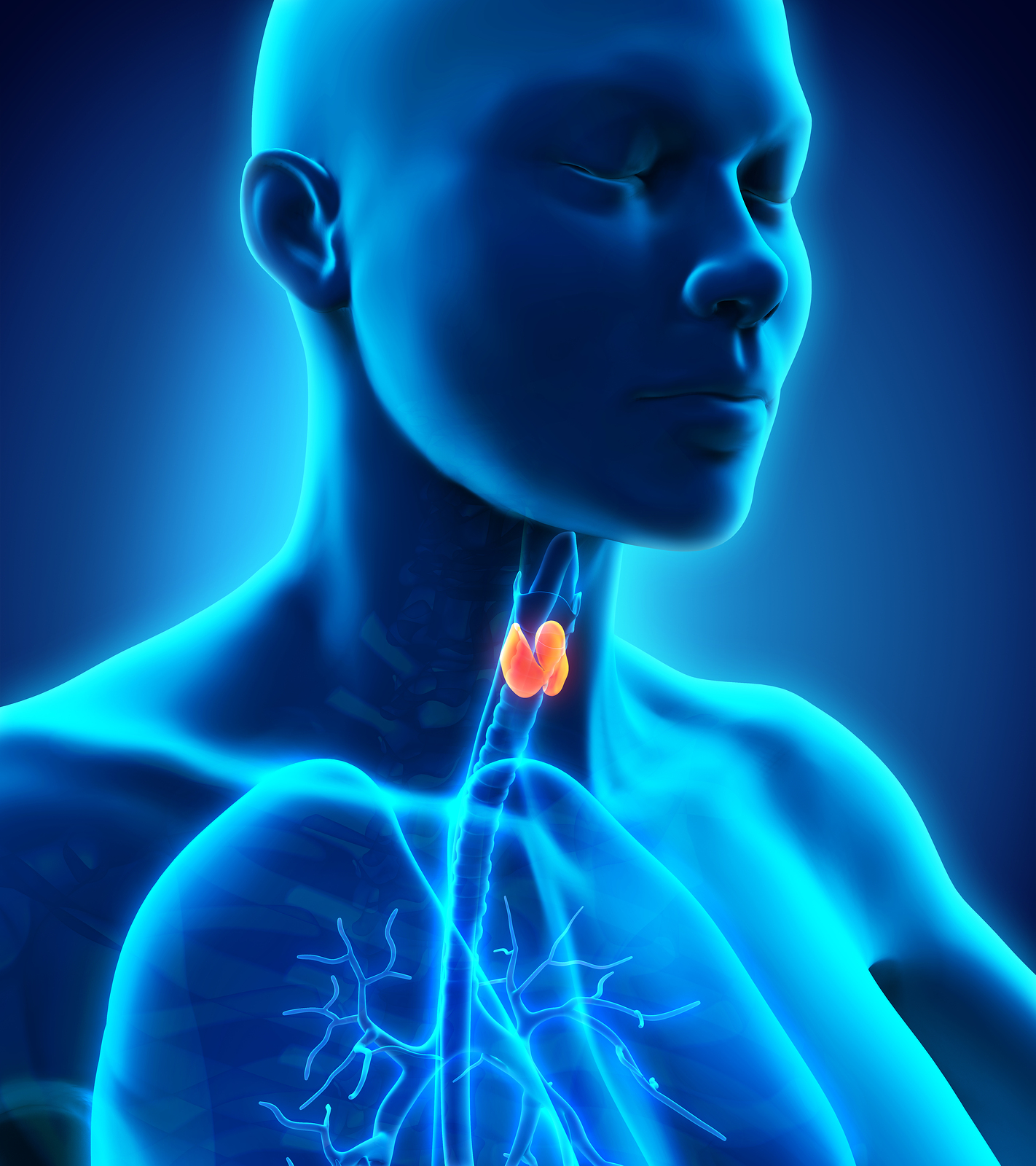Stem cell therapy is quite the buzz in regenerative medicine. Stem cells help repair damaged cells. They have been used to treat joint degeneration, cancer, Lyme disease, Ebstein Bar Virus, auto-immunity, and many other chronic conditions. Stem cell therapy typically involves injection of procured stem cells either directly into diseased tissues or generally into the blood stream, via an IV, where the cells travel broadly through the body to find areas that need repair.
Where do the stem cells come from?
Autologous Stem Cells
Adipose tissue (fat) and bone marrow are two tissues rich in mesenchymal stem cells, also known as adult stem cells. The harvesting of the cells is done in a simple office procedure either with local anesthesia or sedation, similar to the type used for colonoscopy. Bone marrow aspiration requires inserting a needle into the top of the hip bone, the iliac crest, as this area is rich in mesenchymal stem cells. Adipose tissue is obtained be inserting a needle into the fat-pad of the abdominal wall. The cells are then concentrated and delivered back to the patient at the same appointment.
Allogenic Stem Cells
These come from a source other than the patient receiving them.
Embryonic stem cells are quite controversial, as they are obtained from the tissues of early embryos. While these have the advantage of being pluripotent, able to differentiate into almost any tissue, many people have an ethical issue with using embryonic stem cells.
The area currently ballooning in stem cell therapy is umbilical and placental stem cells, obtained at the time of delivery of term babies. These tissues provide mesenchymal stem cells with continually-increasing applications. A clear advantage this form carries is the shear volume of available tissue, and that patients receiving the therapy do not require the procedure of personal harvesting.
Stem Cell Therapy Through Diet?
Amazingly, prolonged fasting of at least 4 days increases the body’s natural stem cells. One might compare it to getting an intravenous infusion of stem cells because it increases stem cell rejuvenation. Valter Longo, PhD, director of the Longevity Institute at USC, developed the Prolon Fasting Mimicking diet. This 5-day, all-inclusive meal plan, restricts calories and certain amino acids, thereby turning on the the body’s genetic machinery to increase stem cell activity. For those with significant health concerns, looking for increased healing from stem cell activity, the diet can be repeated monthly. Healthy individuals seeking to maintain wellness may benefit from using the Prolon diet 1-4 times per year. More information on the Fasting Mimicking Diet can be obtained on their website: click here. Patients of Dr. Karney can purchase in the office at 15% off the suggested-retail price.
Final Thoughts
I chose to become a physician from a deep-seated desire to ease suffering. I believe functional medicine does this best by identifying and eliminating the underlying root cause of disease, thereby allowing healing. While it may not be root-cause, therapy stem cell therapy is an important tool to consider for its potential promise of increasing healing capacity. Isn’t it exciting that a 5-day special diet can make significant strides in this direction?





